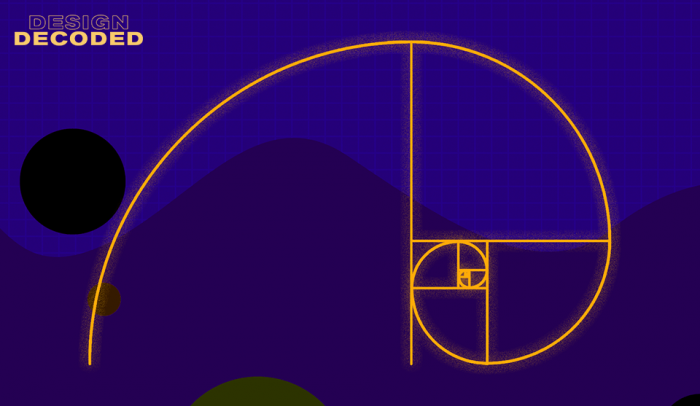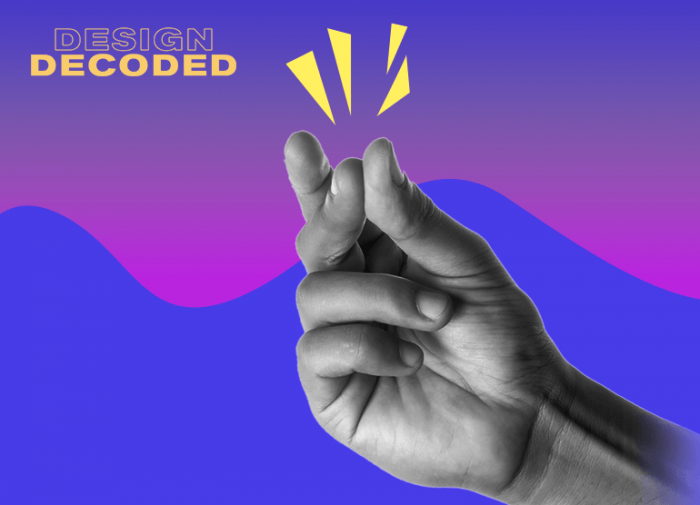Welcome to the first installment of Design Decoded, our new video series. In each video, we’ll trace the history of some popular UX design element and attempt to explain its ubiquity. First up, we’re taking a closer look at the caret.
The caret is that little chevron-shaped icon that you can hardly avoid on any website today. It might look like nothing more than an arrow, but it’s not quite that simple. Press play to discover its whole history.
Have you seen this? What about this? It’s called a caret. It looks kind of like a triangle or a pyramid, and it kind of functions like an arrow. But it’s not an arrow: it has its own special history.
We’ll tell you where it came from—you’d be surprised—and why you see it everywhere. The caret is a carrot- or chevron-shaped mark that was originally used in proofreading. The word “caret” goes all the way back to the year 1681. The early days of printing—yes, printing. It’s an editing symbol that means, basically, “insert missing thing here.”
In the last century, versions of it have appeared in mathematics, logic languages, computer programming, and more. It was so valuable because it was simple, recognizable, and didn’t mean anything in English. It’s even on the QWERTY keyboard because it’s used in French (like in the word “hôtel”) and other languages. Today, the caret is the go-to icon for any up and down motion—like swipe-ups and accordion menus (a.k.a. dropdowns), where it means the same thing it always has: “insert something here.”
So it’s not just an arrow. It actually indicates a promise—the promise of something more. Keep an eye out, because you’ll be seeing the caret everywhere.



